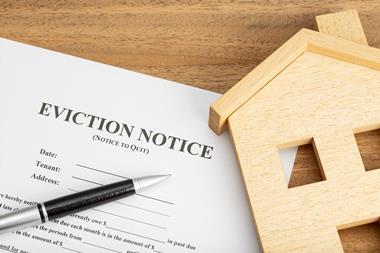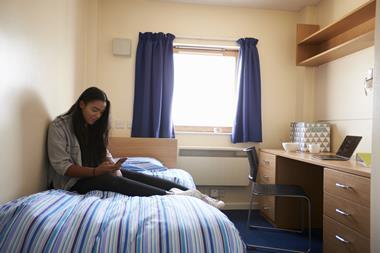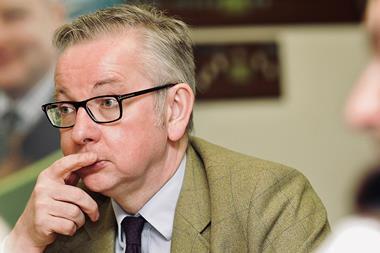Sustainable communities are at least as commercially viable as conventional developments, if not more so, according to research published today by the Prince of Wales.
The study for the Prince’s Foundation for the Built Environment, conducted by Savills, found this was because sustainable communities appeal to home buyers, therefore commanding higher prices, and because of higher building intensity.
Property values in sustainable communities also appear to increase at a greater rate over time than their conventional counterparts, making them a more attractive investment for buyers.
The study for the Prince’s Foundation focused on three locations where sustainable, conventional and old development could be easily compared. These were Crown Street in Glagow, the urban extension at Poundbury, Dorset and Fairford Leys, near Aylesbury.
It found that the value of the property built on each hectare of land was greater in sustainable developments. In Aylesbury, sustainable land had a value per hectare of built land of £9.64m, compared with £6.6m in the older developments. In Glasgow, sustainable land was worth around £8.03m, compared with £6.19m for standard development and £7.96m for old development.
The report concluded that perceived extra cost deterred developers and landowners from building sustainable communities, despite their popularity with homebuyers and the government.
The Princes’ Foundation has believes that reaching the government’s target of three million homes by 2020 ‘need not result in sprawl and environmental damage if we build walkable, mixed-use, mixed-income developments instead of car-dependent housing estates’.





























No comments yet